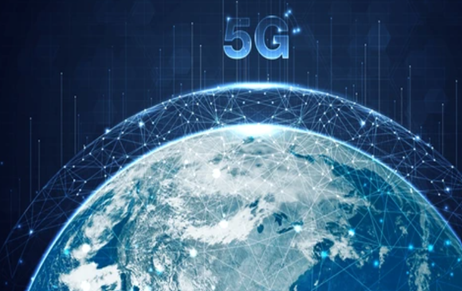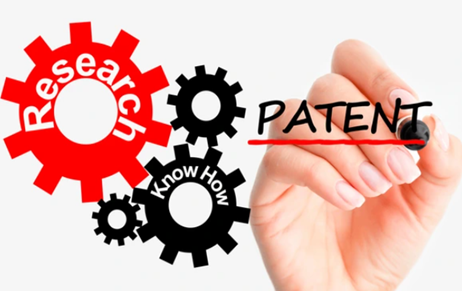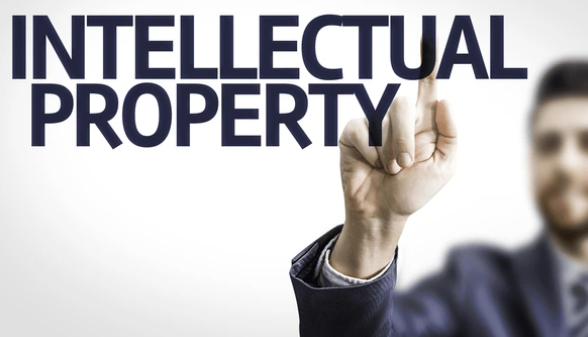The fifth generation of wireless technology (5G) is a transformative leap in mobile communications. This…
Exclusions in Patentable Subject Matter in Malaysia
Malaysia’s Patent Act similar to other countries jurisdictions excludes certain subject matter from protection under patent. Such subject matter is defined under section 13(1) of Malaysia’s Patent Act.
The Malaysian patent law uncovers some of the non-patentable subject matter relevant to the life sciences industry in Malaysia. This non-patentable subject matter in Malaysia affects the life sciences industry. Some of the related examples are: discoveries and scientific theories; plant or animal varieties or essentially biological processes for the production of plants or animals; methods of treatment of human or animal body by surgery or therapy, and diagnostic methods practiced on the human or animal body.
The Malaysian IP office (MyIPO) for its Interpretation and application of sections 13(1)(a) and 13(1)(b) is highly influenced by European Patent Convention (EPC) 2000 and European guidelines for the lawful protection of biotechnological inventions.
Section 13(1)(a)
It relates in general to discoveries. Although, Malaysian patent law does not provide protection for discovery of new species, but it is possible to protect the composition/methodology of an extract obtained from new species, if it fulfills the patentability requirements.
Section 13(1)(b)
It states that flora or fauna varieties or essentially biological processes for their production, other than man-made living microorganisms as well as microbiological processes and products of such processes, cannot be patented. To provide protection for new plant species, likely to Europe, Malaysia has also followed a “sui generis system”. Thus, since October 2008, the “Protection of New Plant Varieties Act 2004” is in force.
Practical observation on MyIPO’s interpretation and application under section 13(1)(b) in lieu with animal varieties shows that it is highly influenced by European Patent Convention 2000 and the directive 98/44/EC.
Solutions
EPC 2000 provisions were followed by MyIPO to interpret and apply the provisions of section 13(1)(d) for treatment and diagnosis methods which would be beneficial for the pharmaceutical and medical. The section 13(1)(d)’s subject matter interpretation for exemption under protection has been expanded in Chapter IV, point 3.5 of MyIPO’s Guidelines for Patent Examination (October 2011).
Under section 13(1)(d), it’s been stated that all non-therapeutic treatment methods are patentable whereas surgical or therapy based treatment methods are exempted from protection. It covers all the cosmetic methods and methods which are practiced on human or animal body. Cosmetic methods includes straightening/waving of hair or any other cosmetic application on human body for the cosmetic purpose.
Additionally, technical methods of measuring/recording human characteristics which have an industrial application can also be protected under MyIPO. MyIPO doesn’t allow the biological characters to be patentable. For example, artificial manufacturing of prosthetic limbs, different diagnostic scanning approaches are allowed to be protected under law. Furthermore, diagnosis approaches which involve alive organism for analyzing information that produces intermediate results and does not directs a treatment decision also patentable.
Similar to EPO, MyIPO believes the theory that curing any disease is same as its treatment by therapy, based upon this theory MyIPO excludes the prophylactic methods from the patentable subject matter.
Rooted from European Patent Convention provisions, MyIPO does not exempt apparatuses used in treatment or diagnosis from a patentable subject matter which implies that surgical, therapeutical or diagnostic equipments can be claimed. Through this insight, substances/compositions used for treating a disease if claimed are patentable.
Inspite of the fact that generally “treatment methods” claims are not patentable in Malaysia, still it’s possible to acquire protection over such methods through Malaysian IPO. Malaysian IPO permits to pursue patent over few types of purpose-limited products. These purpose limited products uses medical usage of claims.
About the Author :Shilpi Saxena, Jr. Patent Associate at Khurana & Khurana, Advocates and IP Attorneys. Can be reached at abhijeet@khuranaandkhurana.com



